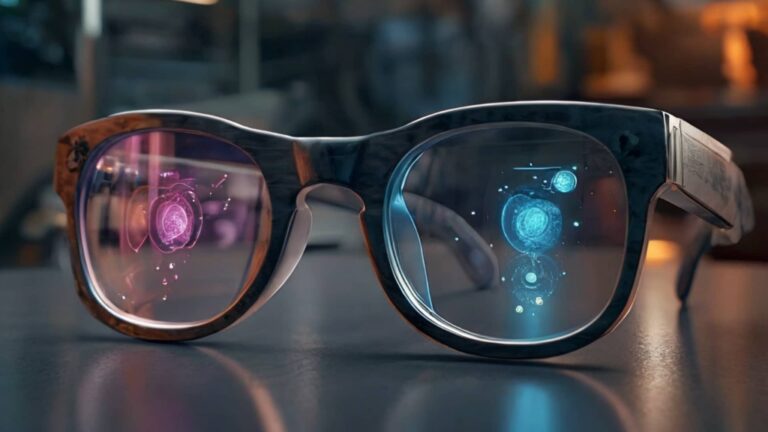
Though it’s often painted as a technology that will steal XR’s thunder, AI is the best thing that’s happened to XR in a while. AI can be an intelligence backbone for XR, while XR can be the front-end graphical interface for AI. The two technologies complete each other in lots of ways.
That goes for user-facing XR experiences, such as generating world-immersive overlays and lenses on the fly through text prompts. And it applies to creator-facing work, such as streamlining workflows through the time-saving and capability-boosting power of generative AI.
Both angles were recently advanced by Snap. In Lens Studio 5.0, it launched GenAI suite. This gives lens creators generative AI tools to do things like rapidly prototype 3D designs using text prompts. It also teased the other angle noted above: user-facing generative lenses.
The convergence of these technologies was also explored in a recent report by our research arm, ARtillery Intelligence. As such, it joins our weekly report-excerpt series, with the latest below. This week’s segment zeroes in on the high-level aspects of AI & AR’s collision.
Intelligence Backbone
During last year’s AWE USA, a theme started to emerge as the event kicked off. During Conference Chair Ori Inbar’s signature event welcome, he read from an AI-generated keynote address. More importantly, he stated something earnest and impactful: XR and AI go together.
What he meant was that these technologies complement each other. XR can be the interface for AI, while AI can be the intelligence backbone for XR. In other words, the intelligence behind AI can be embodied and represented through 3D experiences that are immersive and lifelike.
Magic Leap co-founder Rony Abovitz then said something similar: “AI is the technology that XR has been waiting for.” In fact, one notable project during his time at Magic Leap was an AI-driven digital assistant named Mica. Think: Siri but as an embodied and human-like hologram.
One reason this marriage of XR and AI was such a prominent event theme at the time was that it was in response to a common attitude in the tech press and broader web punditry. That attitude held that spatial computing (and to some extent, the metaverse) – is being replaced by AI.
This overly simplistic attitude perhaps refers to these technologies’ hype cycles replacing each other. But the claim that AI practically replaces spatial computing is misguided. Indeed, AI and XR perform completely different functions. And they’re more complimentary than duplicative.
Discovery & Serendipity
How is this playing out? For one thing, the ”generative” aspects of generative AI can apply to XR. For the purposes of this analysis, we’ll call it “generative XR.” In other words, just as tools like Midjourney generate artwork using text prompts, the concept can be applied to 3D content.
From a user-facing perspective, this could mean serendipitous AR lenses generated on the fly. These can be voice-prompted or automatically generated from external factors that are ingested by device sensors (scene understanding, light patterns, location, weather, time of day, etc.).
For example, voice inputs could be instructional commands to activate AR experiences. This could occur in entertainment contexts (“make Iron Man descend from the sky”), educational (“show me a 3D model of a human heart”), or practical (“guide me to the nearest Starbucks”).
Automatically-generated fare could meanwhile include personalized discovery through ambient alerts (“your favorite coffee chain is coming up on the left, follow the arrows”). Or meditative apps could activate graphics and music, synced to environmental factors and biometrics.
Common attributes in these examples are discovery and serendipity. Generative XR will engender intelligent and personalized content, delivered on the fly. This extends XR from pre-ordained to dynamic, which could breathe new life, and new use cases, into the technology.
We’ll pause there and circle back in the next installment with more excerpts and insights. Meanwhile, see the full report here.

